What is Quality Assessment of Higher Education Institutions in Vietnam?
What is Quality Assessment of Higher Education Institutions in Vietnam?
Based on Clause 3, Article 2 of the Regulations on Quality Assessment of Higher Education Institutions issued together with Circular 12/2017/TT-BGDDT, the quality assessment of higher education institutions is the activity of evaluating and recognizing the educational institution's level of meeting the quality standards as promulgated by the Minister of Education and Training.
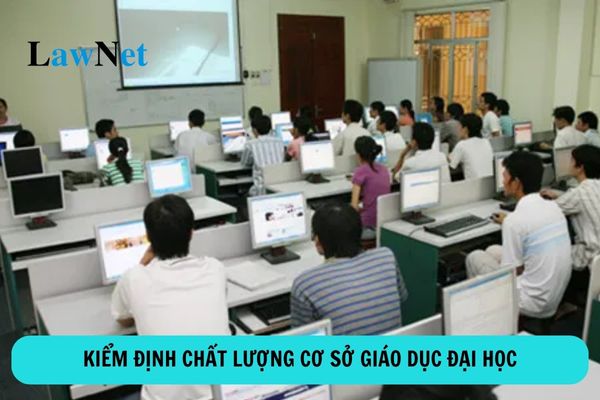
What is Quality Assessment of Higher Education Institutions in Vietnam? (Image from the Internet)
What are standards for ensuring quality in the Strategy of Higher Education Institutions in Vietnam?
According to Section 1, Chapter 2 of the Regulations on Quality Assessment of Higher Education Institutions issued together with Circular 12/2017/TT-BGDDT, the quality assurance standards for the strategy of higher education institutions in quality assessment are as follows:
(1). Standard 1: Vision, Mission, and Culture
- Criterion 1.1: The education institution's leadership ensures that the vision and mission of the institution meet the needs and satisfaction of stakeholders.
- Criterion 1.2: The education institution's leadership promotes cultural values in line with the vision and mission of the institution.
- Criterion 1.3: The vision, mission, and culture of the institution are disseminated, thoroughly understood, and clearly explained for implementation.
- Criterion 1.4: The vision, mission, and culture of the institution are reviewed to meet the needs and satisfaction of stakeholders.
- Criterion 1.5: The vision, mission, and culture of the institution, as well as the process of building and developing them, are improved to meet the needs and satisfaction of stakeholders.
(2). Standard 2: Governance
- Criterion 2.1: The governance system (including the board of governors or school council, party organizations, mass organizations, and other advisory councils) is established according to legal regulations to set appropriate strategic directions considering the specific context of the institution; ensuring accountability, sustainability, transparency, and minimizing potential risks in the governance process of the institution.
- Criterion 2.2: Decisions of the governing bodies are translated into actionable plans, policies, and guidelines for implementation.
- Criterion 2.3: The governance system of the institution is regularly reviewed.
- Criterion 2.4: The governance system of the institution is improved to enhance the operational efficiency of the institution and better manage risks.
(3). Standard 3: Leadership and Management
- Criterion 3.1: The institution's leadership establishes a management structure clearly defining roles, responsibilities, decision-making processes, information policies, and reporting to achieve the vision, mission, culture, and strategic objectives of the institution.
- Criterion 3.2: The institution's leadership engages in informing and connecting stakeholders to orient the vision, mission, culture, and strategic objectives of the institution.
- Criterion 3.3: The leadership and management structure of the institution is regularly reviewed.
- Criterion 3.4: The leadership and management structure of the institution is improved to enhance management efficiency and achieve the desired operational performance of the institution.
(4). Standard 4: Strategic Management
- Criterion 4.1: Strategic planning is conducted to achieve the vision, mission, culture, and strategic objectives in education, scientific research, and community service.
- Criterion 4.2: The strategic plan is thoroughly understood and translated into short-term and long-term plans for implementation.
- Criterion 4.3: Key performance indicators and main targets are established to measure the extent to which the institution's strategic objectives are achieved.
- Criterion 4.4: The strategic planning process, as well as key performance indicators and main targets, are improved to achieve the institution's strategic objectives.
(5). Standard 5: Policies on Education, Scientific Research, and Community Service
- Criterion 5.1: A system is in place to develop policies on education, scientific research, and community service.
- Criterion 5.2: The compliance oversight process for policies is formalized, disseminated, and implemented.
- Criterion 5.3: Policies on education, scientific research, and community service are regularly reviewed.
- Criterion 5.4: Policies on education, scientific research, and community service are improved to enhance the institution's operational efficiency, meeting the needs and satisfaction of stakeholders.
(6). Standard 6: Human Resource Management
- Criterion 6.1: Human resources are planned to fully meet the needs of education, scientific research, and community service activities.
- Criterion 6.2: Recruitment and selection criteria (including ethical and academic freedom criteria used in promotion, appointment, and personnel arrangement) are determined and disseminated.
- Criterion 6.3: Competence standards (including leadership skills) for different groups of staff, lecturers, and other employees are identified and established.
- Criterion 6.4: The need for training, nurturing, and developing the staff, lecturers, and employees is identified, and activities are implemented to meet these needs.
- Criterion 6.5: The performance management system (including policies on rewards, recognition, and development plans) is deployed to promote and support education, scientific research, and community service activities.
- Criterion 6.6: Human resource policies, procedures, and plans are regularly reviewed.
- Criterion 6.7: Human resource policies, procedures, and plans are improved to support education, scientific research, and community service activities.
(7). Standard 7: Financial and Infrastructure Management
- Criterion 7.1: A system for planning, implementing, auditing, and enhancing the financial resources of the institution to support the realization of its vision, mission, and strategic objectives in education, scientific research, and community service is established and operating.
- Criterion 7.2: A system for planning, maintaining, evaluating, and upgrading infrastructure and facilities, including teaching and learning tools, laboratories, equipment, and instruments, to meet the needs of education, scientific research, and community服务 is established and operating.
- Criterion 7.3: A system for planning, maintaining, auditing, and upgrading IT equipment and infrastructure such as computers, networking systems, backup systems, security, and access rights, to meet the needs of education, scientific research, and community service is established and operating.
- Criterion 7.4: A system for planning, maintaining, evaluating, and enhancing learning resources such as library materials, teaching aids, online databases, etc., to meet the needs of education, scientific research, and service to the community is established and operating.
- Criterion 7.5: A system for planning, implementing, evaluating, and improving the environment, health, safety, and accessibility for individuals with special needs is established and operating.
(8). Standard 8: Networks and External Relations
- Criterion 8.1: There is a plan to develop partners, networks, and external relations to achieve the vision, mission, and strategic objectives of the institution.
- Criterion 8.2: Policies, procedures, and agreements to promote partnerships, networks, and external relations are implemented.
- Criterion 8.3: Partnerships, networks, and external relations are reviewed.
- Criterion 8.4: Partnerships, networks, and external relations are improved to achieve the vision, mission, and strategic objectives of the institution.
How Many Years is the Quality Assessment Cycle for Higher Education Institutions in Vietnam?
Based on Clause 2, Article 29 of the Regulations on Quality Assessment of Higher Education Institutions issued together with Circular 12/2017/TT-BGDDT:
Procedure and Cycle of Quality Assessment of Education Institutions
- The quality assessment process of education institutions is carried out in the following steps:
a) Self-evaluation;
b) External evaluation;
c) Appraisal of the evaluation results;
d) Recognition of meeting educational quality standards.
2. The quality assessment cycle of education institutions is 5 years.
Thus, the quality assessment cycle for higher education institutions is 5 years.

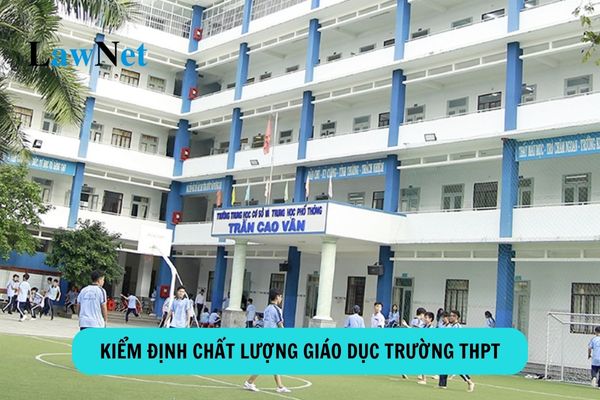
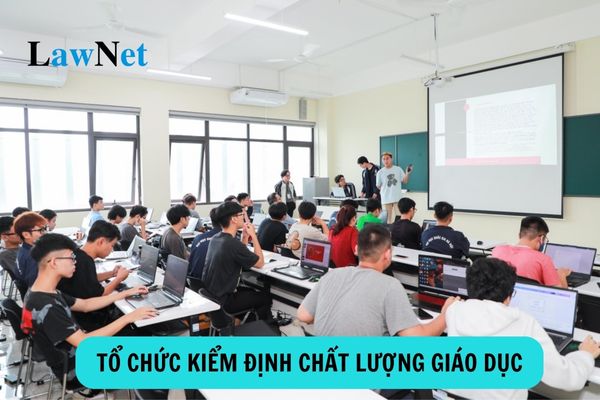
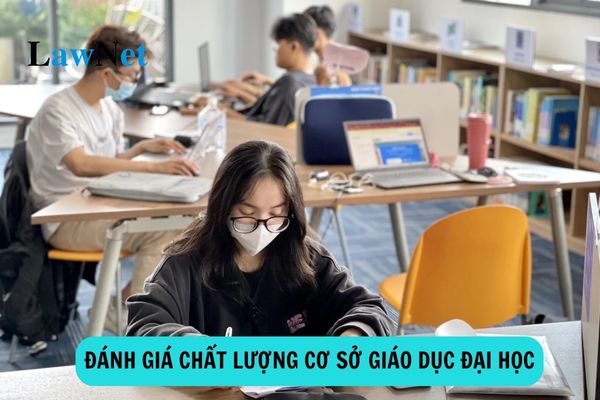
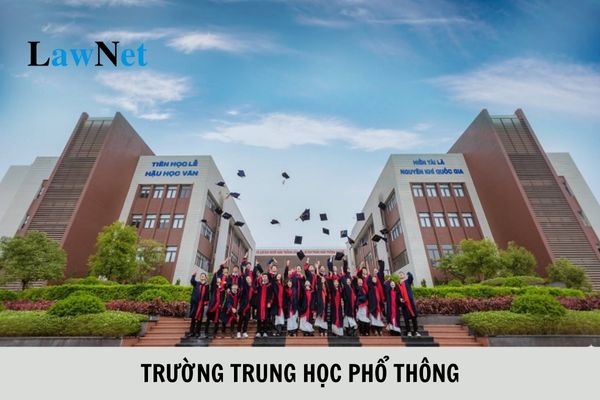
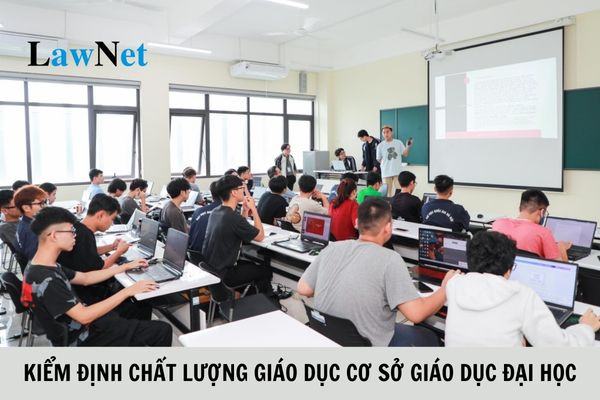

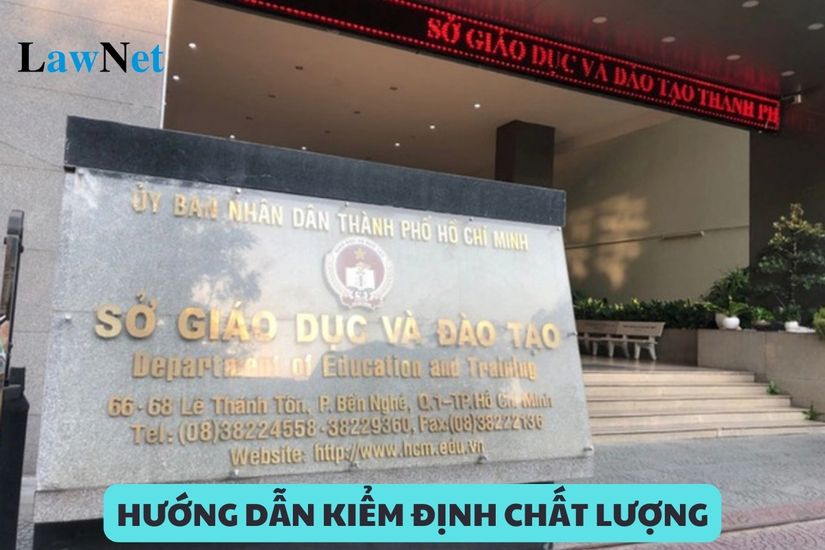


- What are procedures for withdrawal from the Vietnam Association for Promoting Education?
- All contents of the Literature subject for grade 10 students in Vietnam
- Who are eligible for lunchtime support policy for preschool children in Vietnam?
- What are procedures for awarding the title of Honorary Doctorate to teachers in Vietnam?
- Are students who receive state scholarships to study abroad required to reimburse training costs when they do not return to Vietnam to work for authorized state agencies?
- Formula for calculating the area of a circle in the grade 5 curriculum in Vietnam
- Is there a limit on the number of students undertaking scientific research projects in Vietnam?
- According to the 2018 General Education Program, how is physics education implemented at three educational levels?
- Sample speech on the Mid-Autumn Festival in 2024 in Vietnam
- What are regulations on the knowledge of Literature for all levels in Vietnam?

